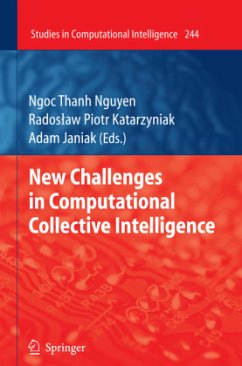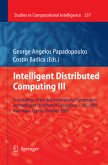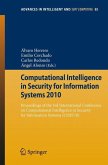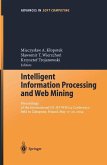Collective intelligence has become one of major research issues studied by today's and future computer science. Computational collective intelligence is understood as this form of group intellectual activity that emerges from collaboration and compe- tion of many artificial individuals. Robotics, artificial intelligence, artificial cognition and group working try to create efficient models for collective intelligence in which it emerges from sets of actions carried out by more or less intelligent individuals. The major methodological, theoretical and practical aspects underlying computational collective intelligence are group decision making, collective action coordination, collective competition and knowledge description, transfer and integration. Obviously, the application of multiple computational technologies such as fuzzy systems, evo- tionary computation, neural systems, consensus theory, knowledge representation etc. is necessary to create new forms of computational collective intelligence and support existing ones. Three subfields of application of computational technologies to support forms of collective intelligence are of special attention to us. The first one is semantic web treated as an advanced tool that increases the collective intelligence in networking environments. The second one covers social networks modeling and analysis, where social networks are this area of in which various forms of computational collective intelligence emerges in a natural way. The third subfield relates us to agent and mul- agent systems understood as this computational and modeling paradigm which is especially tailored to capture the nature of computational collective intelligence in populations of autonomous individuals.








